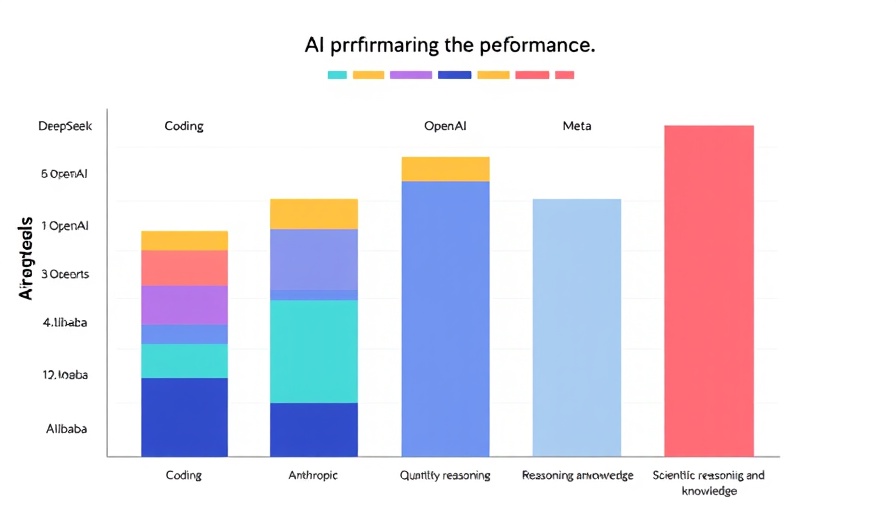
Unraveling the Secrets of DeepSeek: A Game-Changer in AI
DeepSeek, a once-little-known Chinese artificial intelligence firm, has made headlines in the tech sector with its impressive offerings. This includes its latest language model—R1—released on January 20. In a remarkable turn of events, R1 climbed to the top of the Apple App Store rankings, overtaking OpenAI’s much-lauded ChatGPT, sparking significant conversations about innovation and cost-effectiveness in AI development.
What sets DeepSeek apart is its radical approach to AI modeling. In a landscape dominated by heavyweights like OpenAI, the emergence of a successful and highly efficient model from a comparatively smaller entity has raised eyebrows. Silicon Valley is now grappling with the realization that superior AI models can be built without pouring billions into development.
Efficiency Meets Innovation
DeepSeek employs a unique ‘mixture-of-experts’ system which operates by breaking down larger models into smaller specialized sub-models. Each 'expert' activates solely when its corresponding subject matter is under consideration, allowing far greater efficiency. For instance, while the underlying model may encompass 671 billion parameters, only 37 billion are actively in use at any given time. This operational shift not only enhances speed but also minimizes computational waste, marking a stark contrast to conventional models that employ all parts of the system for each query.
Cost-Effectiveness: A New Paradigm for AI
A critical point of differentiation for DeepSeek lies in its cost advantages. While competitors like OpenAI continue to invest exorbitantly, DeepSeek's efficient architectural design has allowed it to train its models at a fraction of the typical cost. With R1 reportedly trained for less than $6 million over a two-month period, this revolutionizes expectations of AI development which traditionally requires hefty financial outlays. Thanks to restrictions on accessing premium hardware from Nvidia, DeepSeek innovatively crafted their models with less powerful alternatives, leading to a breakthrough steeped in necessity.
Performance That Rivals the Best
Despite its relatively modest resources, DeepSeek’s R1 model performs exceptionally well on a variety of benchmarks—closing the gap with top models from well-established firms. When measuring against other popular AI systems, R1 has demonstrated superior reasoning and problem-solving capabilities. One of its key features includes a self-correcting approach to reasoning, allowing it to break complex tasks into manageable steps and undergo reevaluation, mimicking human-like cognitive processes.
The Broader Implications of DeepSeek’s Rise
The phenomenal rise of DeepSeek highlights a shifting landscape in the AI industry. The emphasis on cost-efficient, high-performance models challenges the previously held beliefs that only big investments lead to superior technologies. As DeepSeek continues to gain traction, it prompts industry leaders to reassess their methodologies and budget allocations in AI development.
Conclusion: AI's New Frontier
DeepSeek’s journey illustrates that innovation can thrive even amidst constraints. As AI technologies evolve, the market is poised for exciting developments. The rush to compare DeepSeek with giants like OpenAI not only amplifies discussions about performance and costs but also signifies a transformative phase in the AI ecosystem. For enthusiasts and professionals alike, keeping an eye on these developments is essential as the future of AI becomes more intricate and competitive.
 Add Row
Add Row  Add
Add 




 Add Row
Add Row  Add
Add 

Write A Comment